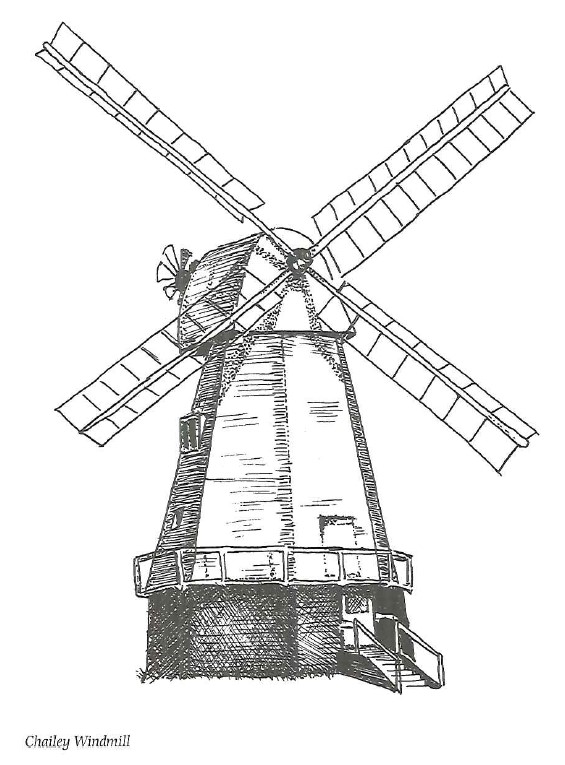Stories travel round villages at great speed and they sometimes get twisted in the telling. The Legend of the Black Rat caused some alarm in Wartling with grim rumours that the deadly plague had returned to the village 300 years after it claimed so many victims here.
Mr Kemevs Bagnall-Oakeley had to allay the fears and set the record straight with the full story in the parish magazine. He had set about modernising his home, School House Farm, and had taken down the ceilings to expose the old beams. The spaces in between were packed with reeds and when they were brought tumbling to the floor he discovered they harboured the mummified corpses of black rats – the kind that were indeed responsible for spreading the plague. He had one of the bodies examined at the Natural History Museum in London and it was established that the rodent dated from around 1669 – when the disease hit Wartling.
Unfortunately, the word got round that Mr Bagnall-Oakeley had discovered a live black rat… hence his piece in the parish magazine.
German prisoners of war were set to work laying piped water to this pretty village on the edge of the billiard table green of Pevensey Levels. At least, they wore German army uniforms and it was not until after the war that villagers discovered the men who had done them a good turn (albeit under duress) were in fact Russians, captured by the Germans and given the option of remaining prisoners or serving the Fatherland as noncombatants. They had been taken prisoner a second time, by the British, at St Valery.
Unfortunately they had a German sense of measurement and seem to have confused the depth of the trench for the main between 30 inches and 30 millimetres. As a result the mains are so shallow that periodically a lorry fractures one and
Wartling has to put up with brown water until it is repaired.
In the old days when their wells ran dry the villagers had to travel to the wind pump in Hooe Lane which drew water. It lay at the bottom of a steep hill known in the days before tarmac as Jacob’s Ladder because the steady plod of the cows had built the slope into a long series of ridges. The remains of the wind pump are still there today.
There are two heronries in Wartling, one of them established in a series of fir trees at Coopers Farm which retired farmworker Bert Honeysett can remember planting. They underwent a strange transformation during the severe winter of 1963 which caused them to branch out horizontally because of the weight of the snow. The herons find this zig-zag effect in the branches ideal.
It is fitting that the lectern at the church should be in the shape of a heron, not the standard eagle, a magnificent specimen with a five foot wingspan carved in wood. It attracts more comments in the visitors’ book than any other feature, though it does cause some confusion. Somebody said how much they liked the church’s swan, and another said how appropriate it was, when baptisms were being performed in the church, to have a stork on hand.
